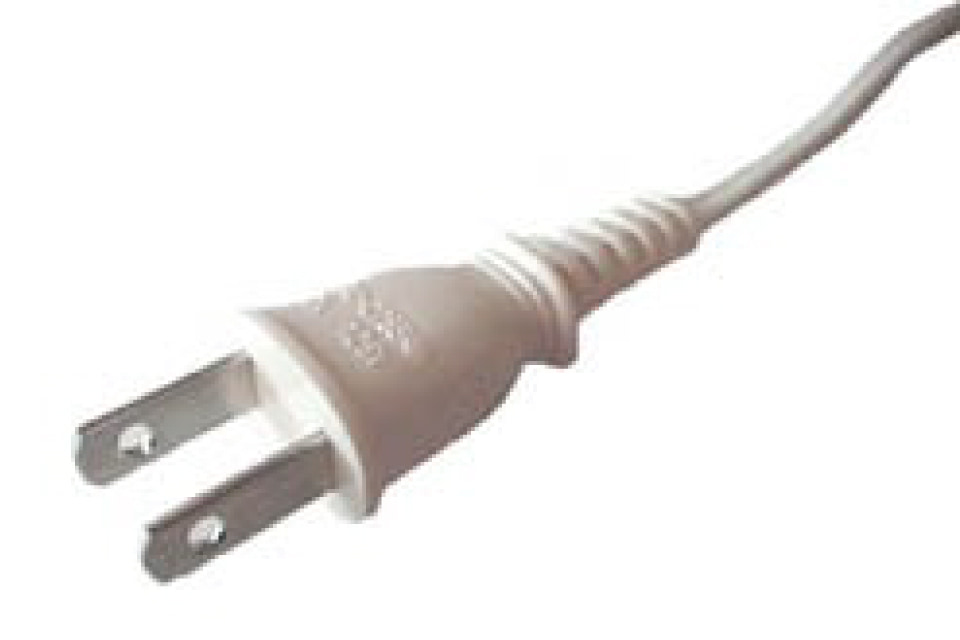Travel Tips
Visa
Please check if your country has a visa exemption arrangement with Japan on the Japanese Ministry of Foreign Affairs (MOFA) website.
Prepare the Necessary Documents
- A valid passport
- A completed visa application form
- A recent passport-sized photograph
- Flight itinerary (proof of onward and return travel)
- Proof of accommodation in Japan
- Evidence of sufficient funds for your stay
- An invitation letter from the symposium organizers (if applicable)
*Please note that the symposium will not issue certain documents listed on the Japan Embassy website, such as a letter of guarantee or a schedule of stay.
Submit Your Application
Submit your visa application to the Japanese embassy or consulate in your country. It is advisable to apply well in advance of your travel dates, as processing times can vary.
For More Information
For the most current and detailed information on visa requirements and the application process, please visit the Japanese Ministry of Foreign Affairs website.
Transportation in Kyoto
To get around Kyoto, you may use public transportation such as subway lines, JR trains, and buses. The Karasuma Subway Line is particularly convenient for reaching ICC Kyoto, the conference venue. Taxis and bike rentals are also viable options. Kyoto is always busy with tourists from both Japan and overseas. For your convenience, learn more about transportation in Kyoto here.
Currency/Tax
Currency
Japanese Yen (JPY) *1 EUR ≒ 170 JPY
Consumption Tax
A consumption tax is typically levied on the purchase of goods or services. The consumption tax rate in Japan is 10%, except for foodstuffs (to-go), which is 8%.
Accommodation Tax
This tax is levied on guests staying at accommodation facilities. The rates vary depending on the accommodation fee per night.
For further information about currency and tax, please find it here.
You may also find tax rules in Japan here.
Food
Japanese cuisine is celebrated for its variety, balance, and emphasis on fresh, seasonal ingredients. Staples include rice, noodles (such as soba and udon), and a variety of seafood. Popular dishes include sushi, sashimi, tempura, and ramen. Meals often feature a combination of flavors and textures, including savory, sweet, and umami. Accompaniments such as miso soup, pickled vegetables, and green tea are common.
Finding vegetarian or vegan food can be challenging in Japan, as even seemingly plant-based dishes may include animal-derived ingredients, such as dashi (a stock made from fish). However, vegetarian and vegan options are available, especially in larger cities and specialized restaurants. For those following a vegetarian or vegan diet, it’s advisable to research and plan ahead, and possibly learn some key phrases in Japanese to communicate dietary restrictions.
Please find further information about food here.
Whether & Temperature
September Temperatures in Kyoto
- Average high (°C/°F): 28/83
- Average low (°C/°F): 20/68
Kyoto Weather in September
September is an excellent time to travel in Kyoto. It’s usually sunny, hot, and humid at the beginning of the month, moderating to sunny and warm by the end of the month. Considering Kyoto's geographic character, it may cool down during the night. It is recommended to carry a cardigan and/or a light jacket with you.
Electricity
Japan uniformly uses a voltage of 100 volts for alternating current (A.C.). The frequency varies: 50 Hertz in eastern Japan and 60 Hertz in western Japan, including cities like Nagoya, Kyoto, and Osaka. Dual-voltage appliances such as hair dryers, travel irons, and shavers are generally compatible across the country. However, for other devices, you may need a step-down transformer to adjust the voltage.

a typical outlet in Japan

a typical plug in Japan
About Kyoto
Kyoto, the ancient capital of Japan, is a city steeped in history and tradition. Renowned for its stunning temples, serene gardens, and beautifully preserved historical districts, Kyoto offers a unique glimpse into Japan's rich cultural heritage. Visitors can explore iconic landmarks such as the Kinkaku-ji (Golden Pavilion), Fushimi Inari Shrine with its thousands of red torii gates, and the serene Arashiyama Bamboo Grove. The city is also famous for its traditional tea houses, the cultural traditions in the Gion district, and vibrant seasonal festivals.
Kyoto seamlessly blends the old and the new, offering modern amenities and a dynamic culinary scene alongside its historical treasures. Whether you're strolling through its ancient streets or enjoying its contemporary offerings, Kyoto promises an unforgettable experience.
The KYOTO CITY OFFICIAL TRAVEL GUIDE offers comprehensive information about Kyoto. Please visit their website to learn more about Kyoto here.








